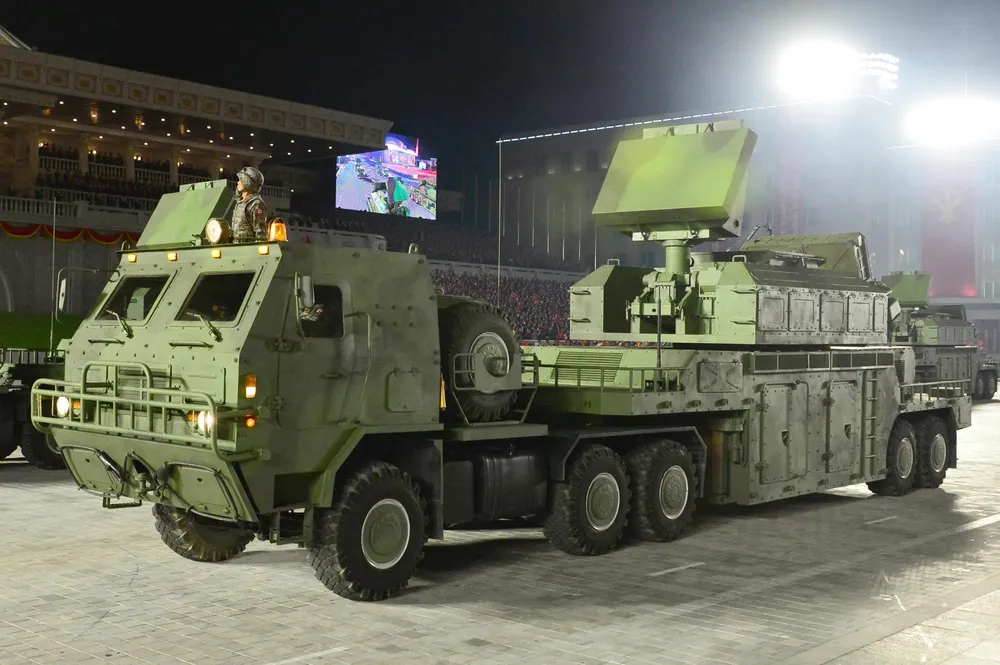
North Korean troops could have operated the damaged North Korean Tor anti-aircraft missile system.
Japanese OSINT specialist Tarao Goo reached this conclusion.
He suggested that the North Korean troops could have operated the system in the Kursk region because of its modernity and the availability of trained specialists.
The system is very modern for the North Korean armed forces, as it was demonstrated in 2020. Since then, it has not been demonstrated by North Korean propaganda media.
In addition, experts studying the DPRK’s military activities have not noticed any attempts to integrate missiles from this system on ships, as North Korea’s ship-based air defense is currently very weak and ineffective against Western cruise missiles.

In addition, specialists could have been brought to Russia to maintain it or train the Russian military.
The system was hit in the Kursk region, and propagandists initially presented it as the defeat of a Western-style radar station.
An FPV drone did the damage. The published video footage and photos allowed us to partially compare the silhouette of the North Korean system with the targeted sample.
At the same time, the system resembles a launcher similar to the Tor system, a search radar similar to the Pantsir-S1, and a tracking radar similar to the Chinese HQ-17 system.

Despite the visual similarity, South Korean experts believe that the North Korean system’s guidance method is different, as the tracking radar lacks additional antennas for missile guidance, which are present on the Tor and HQ-17 and provide radio command control.
In his paper, KODEF researcher and military expert Cheol-Gyun Lim initially stated that the system presented is exclusively a Lightning 6 radar (번개 6) and is not connected to the anti-aircraft system.
Nevertheless, other South Korean sources, including the Far East Institute at Kyungnam University, together with representatives of the Ministry of Defense, analyzed and classified the system as a “low-altitude air defense system.”
Militarnyi previously reported that North Korean long-range 170-mm M1989 Koksan self-propelled artillery systems (SAU) had reached the front.
In December 2024, eyewitnesses in Russia captured on video the transportation of a train with North Korean long-range 170-mm M1989 Koksan howitzers by rail. This was the second time such artillery systems had been transported.
Підтримати нас можна через:
Приват: 5169 3351 0164 7408
PayPal - paypal@mil.in.ua
Стати нашим патроном за лінком ⬇
Subscribe to our newsletter
or on ours Telegram
Thank you!!
You are subscribed to our newsletter